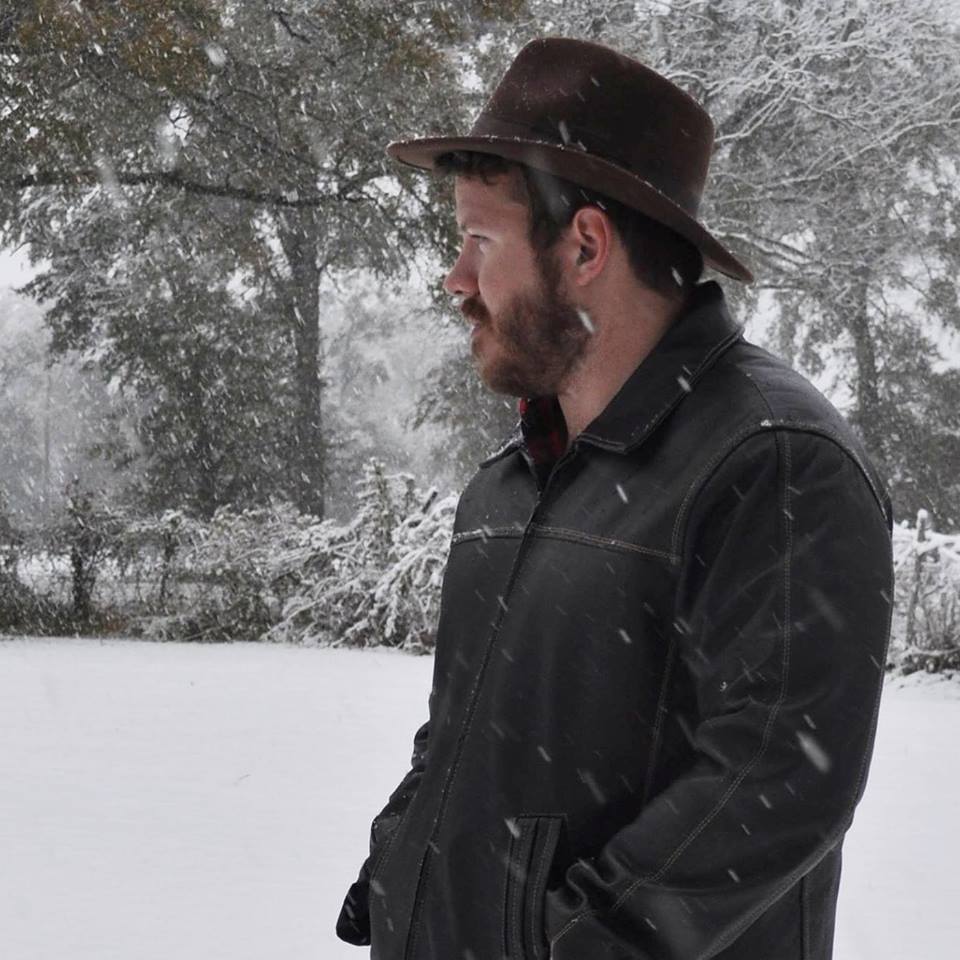Water is essential to life, but clean drinking water can be scarce during emergencies such as natural disasters, power outages, or pandemics. In such situations, a DIY water filtration system can be a lifesaver. A DIY water filtration system can purify water from various sources, such as rivers, lakes, and rainwater, making it safe for consumption.
In this article, we will guide you on how to build a DIY water filtration system for emergencies. We will discuss the materials needed, the step-by-step process, and frequently asked questions to ensure you have all the necessary information to build your DIY water filtration system. A water filtration system for the home is an excellent addition to a survival garden.
Materials Needed:
To build your own DIY water filtration system for emergencies, you will need the following materials:
- Two 5-gallon buckets
- Drill with a 1/4-inch drill bit
- Scissors or a knife
- Sandpaper
- Activated carbon
- Gravel
- Fine gravel or coarse sand
- Coffee filter or cotton cloth
- Rubber gasket or O-ring
- Spigot
- Food-grade silicone sealant
How to Build a DIY Water Filtration System for Emergencies:
Step 1: Collect Your Materials
Before constructing your DIY water filtration system, ensure you have all the necessary materials. You can purchase most materials at your local hardware store or online.
Step 2: Build the First Filter
Take a 5-gallon bucket and drill several 1/4-inch holes in the bottom. Next, place a layer of fine gravel or coarse sand on top of the drilled holes. Then place a layer of activated carbon on top of the sand or gravel. Finally, place another fine gravel or coarse sand layer on the activated carbon. The first filter is complete.
Step 3: Build the Second Filter
Take the second 5-gallon bucket and drill a 1/4-inch hole near the bottom of the bucket. Then, insert a rubber gasket or O-ring into the hole. Next, attach a spigot to the gasket or O-ring. This will be the outlet for your filtered water.
Cut a hole in the lid of the bucket and insert the first filter into the hole. Ensure that the filter is securely in place. Next, place a fine gravel or coarse sand layer on top of the filter. Then, add an activated carbon layer to the sand or gravel. Finally, add another fine gravel or rough sand layer to the activated carbon. The second filter is now complete.
Step 4: Build the Third Filter
Take the lid of the first bucket and drill a 1/4-inch hole near the center. Insert a rubber gasket or O-ring into the hole. Next, insert a piece of tubing into the hole, ensuring it reaches the bottom of the bucket. This will be the inlet for your unfiltered water.
Place the lid on the second bucket and attach the tubing from the first bucket to the inlet.
Step 5: Connect the Filters
Place the second bucket on a level surface and insert the first bucket with the lid facing down into the second bucket. The tubing should fit snugly into the inlet. Use food-grade silicone sealant to secure the second bucket’s top and prevent leaks.
Fill the first bucket with unfiltered water, flowing through the tubing and into the second bucket. The water will pass through the three filters and be purified, allowing you to collect clean drinking water from the spigot.
Important Information About DIY Water Filtration Systems
The Importance of Emergency Preparedness:
Having access to clean drinking water is critical during an emergency. Whether you’re facing a natural disaster or a prolonged power outage, being prepared with a DIY water filtration system can make all the difference. Emergency preparedness should be a priority for everyone, and having a reliable source of clean water is crucial to being prepared. It’s important to store enough water to last at least 72 hours per person, but having a way to filter water from natural sources can extend that supply and increase your chances of survival.
Different Types of Water Filters:
There are several types of water filters that you can use to purify your water, and each has its pros and cons. Activated carbon filters effectively remove chlorine, sediment, and some chemicals but may not effectively eliminate viruses and bacteria. Reverse osmosis filters are excellent at removing dissolved solids and heavy metals but require electricity. Ceramic filters can remove bacteria and protozoa but may not eliminate viruses or chemicals effectively. It’s essential to choose the right filter for your specific needs and to understand the limitations of each type of filter.
Testing Your Water:
Before filtering your water, it must be tested to determine its quality. You can purchase water testing kits or send samples to a laboratory for analysis. Look for tests that check for bacteria, viruses, heavy metals, and other contaminants. Understanding the quality of your water will help you choose the right type of filter and ensure that your water is safe to drink. It’s also important to test your water after filtering to ensure your system works correctly and determine the frequency of filter changes.
Alternative Water Sources:
While a DIY water filtration system is an effective way to purify water during an emergency, it’s also essential to consider alternative water sources. Rainwater harvesting is a sustainable and reliable method of collecting water, and it can be done with basic materials like a tarp and a bucket. Collecting water from natural sources like streams and lakes can also be effective, but it’s crucial to ensure that the water is free of contaminants before filtering. If you’re in an urban area, you may be able to find water in swimming pools or hot tubs but be sure to filter it thoroughly before drinking.
Storage and Transport of Purified Water:
Once you have purified your water, storing it properly and transporting it safely is essential. Choose containers that are food-grade and have airtight seals to prevent contamination. Store your water in a cool, dark place away from sunlight to prevent the growth of algae and bacteria. If you need to transport your water, use a sturdy container with a tight lid and avoid spilling or jostling the container. It’s also important to label your containers with the date of purification and the type of filter used so that you can keep track of when to change the filter and ensure that your water is safe to drink.
Conclusion:
Building a DIY water filtration system for emergencies is a valuable skill that can save lives. Following the steps outlined in this article and ensuring you have all the necessary materials, you can construct a reliable and effective system to purify water from various sources. Remember to change the filters regularly and to source the cleanest water possible to ensure the best results. With this system in place, you can have peace of mind knowing that you and your family will have access to safe drinking water in times of crisis.
FAQs About DIY Water Filtration Systems
Q: How often should I change the filters in my DIY water filtration system?
A: The frequency of filter changes will depend on the quality of the unfiltered water and the volume of water you are filtering. Changing the filters every 6-12 months or if you notice a decrease in water flow is recommended.
Q: Can I use my DIY water filtration system to filter saltwater?
A: No, the filters in this DIY water filtration system are not designed to remove salt from water. This system is only suitable for purifying freshwater sources.
Q: Can I use my DIY water filtration system to filter contaminated water?
A: While this system can remove some contaminants, it is not designed to remove all types of pollutants. It is recommended to use this system for emergencies only and to source the cleanest water possible.

Jerome is an avid outdoorsman who moonlights as an attorney when he’s not creating the world’s greatest online content.
Related posts:
- The Ultimate Battery-Powered Water Purifier For Emergency and Disasters […]...
- LifeStraw Survival Water Filter Review […]...
- How to Find Water in the Wilderness […]...
- Ultimate Guide to Building and Packing Your Bug Out Bag […]...
- Which CB Radio is Right For Your Truck? The Definitive Guide […]...
- Surviving the Wild: A Guide to Thrilling Hiking Adventures in Bear Country […]...
- Ultimate Guide to Buying Tactical Sunglasses […]...
- Best White G-Shocks + Awesome Buyer’s Guide […]...
- The Ultimate Guide to Cleaning Guns […]...
- The Best Climbing Tree Stand – Buyer’s Guide […]...
- The Best Shooting Earmuffs – A User’s Guide […]...
- Exploring the Desert: A Guide to Practical Considerations for Safe Desert Exploration […]...


